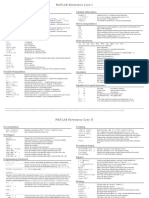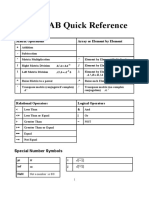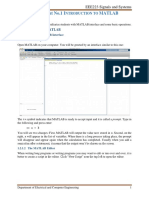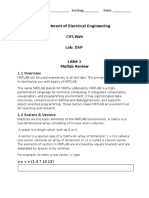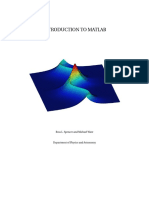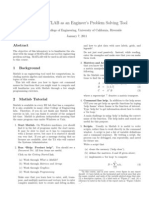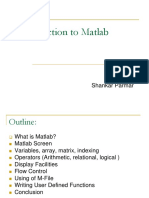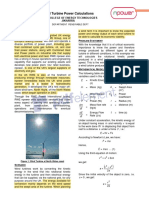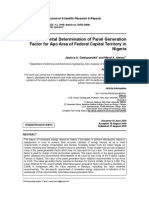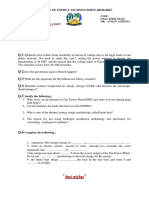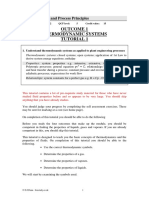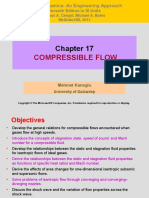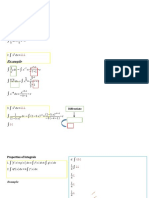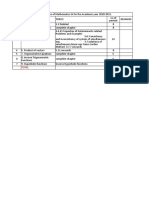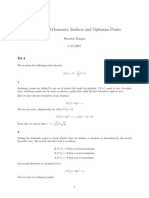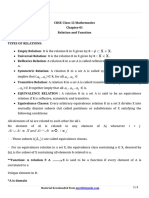0% found this document useful (0 votes)
130 views21 pagesMatlab Review: Daegun Won
This Matlab review document provides information about downloading and using Matlab. It discusses how Matlab is helpful for scientific prototyping due to its built-in functions for matrix operations, plots, and libraries for signal/image processing. It also provides tutorials on basics like comments, variables, arrays, matrices, functions, and plotting in Matlab.
Uploaded by
أيمن الكزةCopyright
© © All Rights Reserved
We take content rights seriously. If you suspect this is your content, claim it here.
Available Formats
Download as PDF, TXT or read online on Scribd
0% found this document useful (0 votes)
130 views21 pagesMatlab Review: Daegun Won
This Matlab review document provides information about downloading and using Matlab. It discusses how Matlab is helpful for scientific prototyping due to its built-in functions for matrix operations, plots, and libraries for signal/image processing. It also provides tutorials on basics like comments, variables, arrays, matrices, functions, and plotting in Matlab.
Uploaded by
أيمن الكزةCopyright
© © All Rights Reserved
We take content rights seriously. If you suspect this is your content, claim it here.
Available Formats
Download as PDF, TXT or read online on Scribd
/ 21









